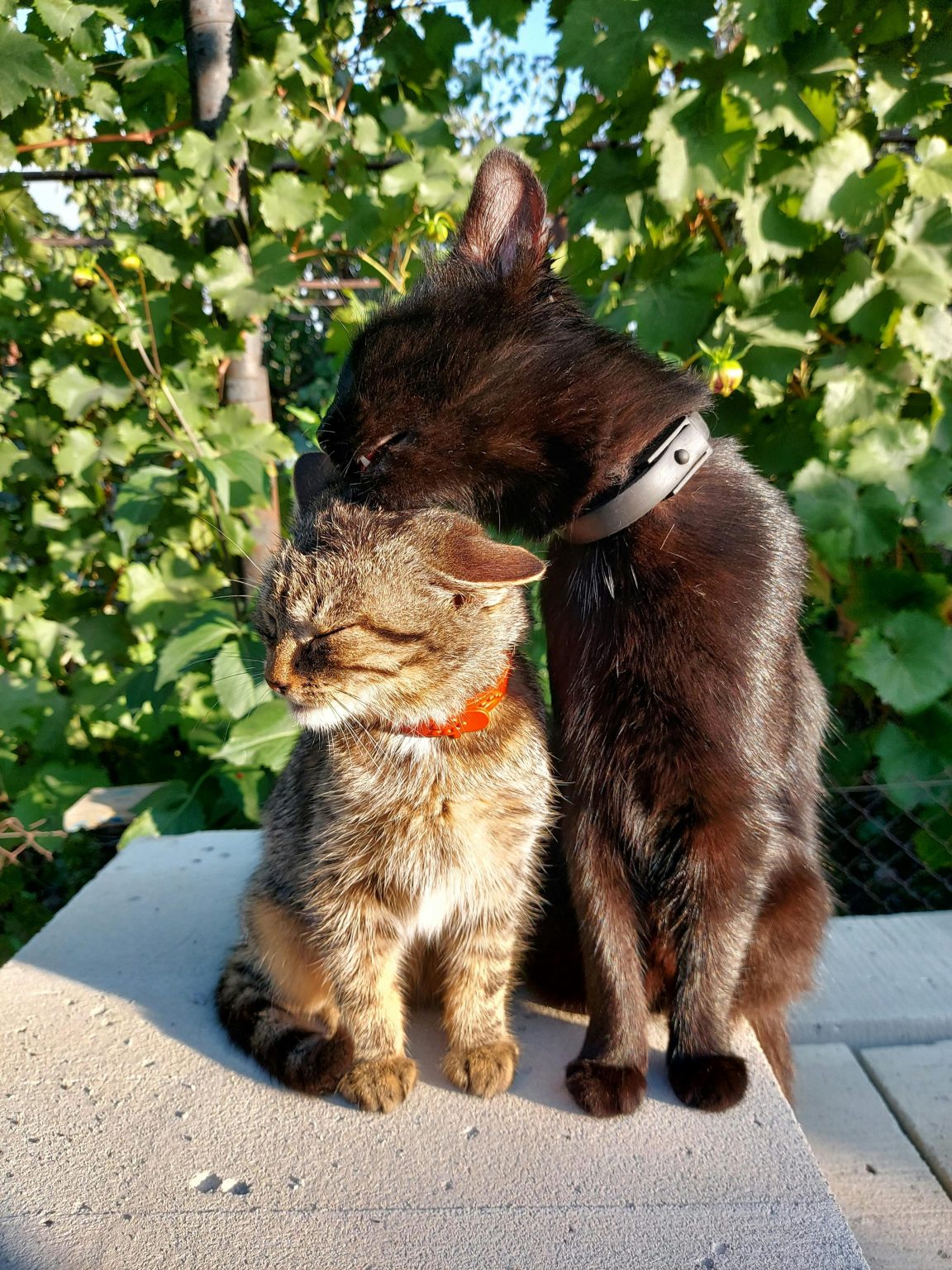Moving to a new home, introducing new pets, or even rearranging furniture can make cats anxious. Many owners notice their cats hiding, meowing more, or acting restless when things change. A calming collar can help cats feel safe and settled by releasing soothing pheromones that mimic their mother’s scent.
These collars are especially helpful for cats that struggle with stress or need help getting used to a new environment. An effective cat calming collar can start working within an hour and can make the adjustment period smoother for both the cat and the owner.
With a calming collar, cats may show fewer signs of anxiety, such as scratching, hiding, or marking. This can help them return to normal behavior faster, making new places feel like home.
How Calming Collars Support Feline Adjustment
Calming collars are often used to help cats manage stress when facing big changes. These collars work by gently releasing substances that may help ease anxiety and tension, especially during moves or transitions.
Mechanisms of Calming Collars
Calming collars for cats use synthetic pheromones to mimic the scent a mother cat gives off to her kittens. This scent helps kittens feel safe and relaxed.
When a cat wears the collar, the pheromones are slowly released. Cats can detect these signals even though humans cannot smell them. These pheromones send a message that says, “You are safe here.”
Many collars last for about 30 days, making them easy to use during stressful times. Some models also add natural herbs like lavender to provide extra calming support.
Proven Benefits for Relocation and Environmental Changes
Cats often get stressed during moves, travel, or when new pets or family members arrive. Calming collars can make these situations easier for them.
Reported benefits include:
- Fewer hiding episodes
- Less aggression or fighting with other pets
- Reduced meowing or crying
Many cat owners and professionals report smoother transitions when using a calming collar. The collar does not act like medication, but it may help cats feel more secure and reduce unwanted stress behaviors when their environment changes.
Types of Calming Collars for Cats
There are a few main types of calming collars available:
| Type | How It Works | How Long It Lasts |
| Pheromone-based | Releases calming pheromones | Usually up to 30 days |
| Herbal-infused | Uses natural scents (e.g., lavender, chamomile) | From a few days to weeks |
| Combination | Blends pheromones and herbs | Varies by manufacturer |
Pheromone collars are the most popular because their effects have been observed by many cat owners. Some cats may respond better to collars with added herbs, especially if they are sensitive to scents.
Behavioral Changes Seen with Proper Use
When used correctly, calming collars can help change unwanted behavior related to stress or anxiety. Typical improvements may include better use of the litter box, less scratching on furniture, and more willingness to explore new spaces.
Cats may become more social or playful as their stress levels drop. Some owners notice their cats are less jumpy and are more likely to interact with people and other pets.
For best results, it’s important to follow all instructions. Incorrect use may limit the collar’s effects and not provide the expected benefits. If stress behaviors continue, checking with a veterinarian is a good next step.
Best Practices for Using Calming Collars
Choosing a calming collar that matches a cat’s needs, using it safely, and fitting it into daily routines can make a difference in a new environment. Paying attention to the right fit, safe use, and how the collar is introduced helps support a cat’s comfort.
Selecting the Right Calming Collar
The first step is picking a collar made for cats, not dogs or other animals. Look for collars that release pheromones, which are safe and mimic the calming scent a mother cat produces for her kittens. Some collars also include natural ingredients like lavender or chamomile.
When reading labels, check for any added scents or chemicals that might cause reactions. Avoid collars with strong perfumes, colors, or ingredients that are unknown or untested. The collar should fit comfortably, with enough space for two fingers between the collar and the cat’s neck.
Checklist:
- Pheromone-based formula
- Proper size for the cat
- No harsh fragrances or dyes
- Breakaway safety feature
Safe Application and Monitoring
Fit the collar snugly but not tightly. It should sit close to the skin, but never restrict breathing or cause discomfort. Most calming collars last around 30 days, but always follow the instructions on the packaging.
Watch for any sudden changes in your cat’s behavior, including scratching, irritation, or acting upset. If irritation or hair loss happens around the neck area, the collar should be removed at once. Not all cats will react the same, so it is helpful to keep track of any differences in mood or habits.
Do not use calming collars on kittens under 12 weeks or on cats with open wounds around the neck.
Integrating Collars into Acclimation Routines
Start using the collar a few hours or a day before a change, like moving to a new home. This gives the cat time to get used to the scent and may help reduce stress. If possible, pair the collar with familiar bedding or toys in the new setting.
Observe the cat’s response in the first days and combine the collar with gentle routines, such as regular feeding times and quiet areas. Patience during this process is important.
To help the cat feel safe, keep noise and disruptions to a minimum during the adjustment period. If the collar seems helpful, continue use for several weeks while slowly introducing new spaces or people. If not, talk to a veterinarian about other options.
Conclusion
Calming collars can give cats gentle support during stressful changes or moves. These collars release calming pheromones that may help reduce signs of anxiety like hiding, scratching, or marking.
Pet owners may notice their cat becomes calmer when adjusting to a new home, traveling, or meeting new pets. While results vary for each cat, using a calming collar along with patience and positive experiences can help ease the transition to a new place.
It’s helpful to watch your cat’s behavior and talk to a vet to find the best ways to support them.



